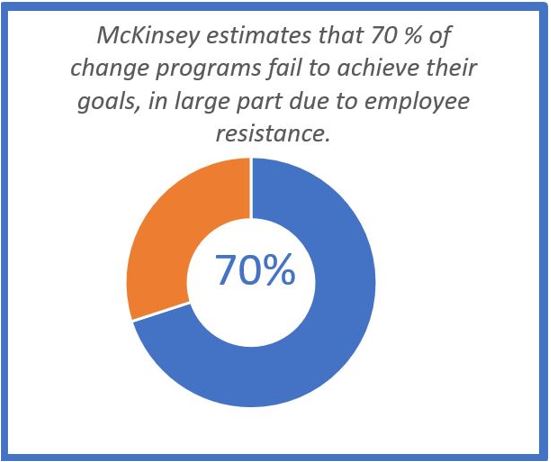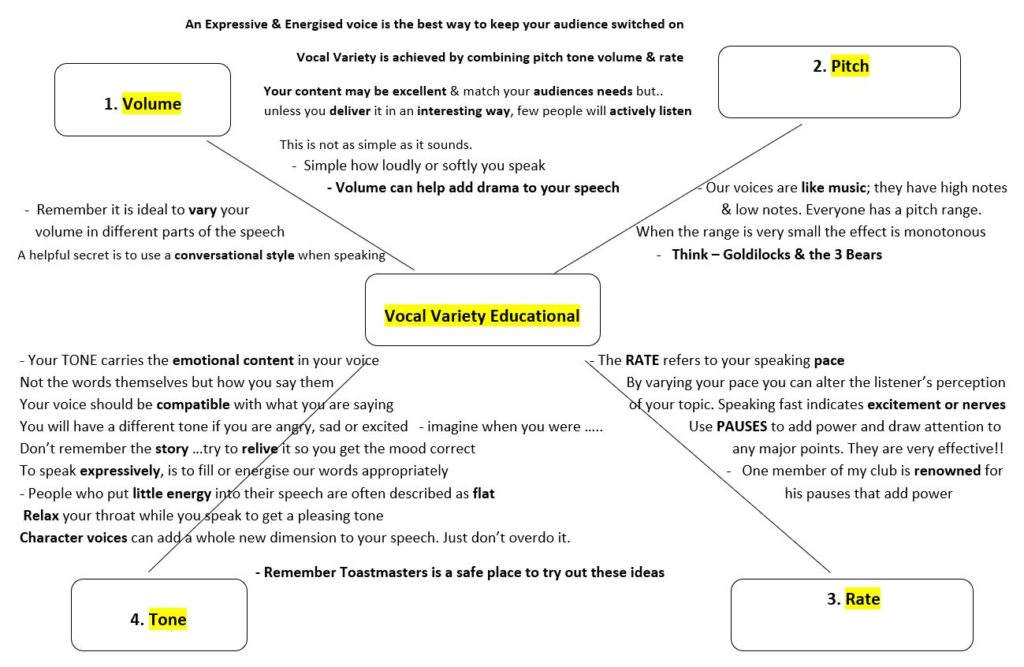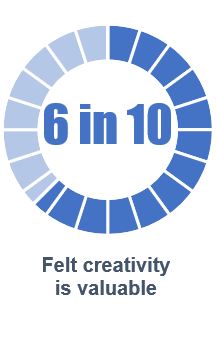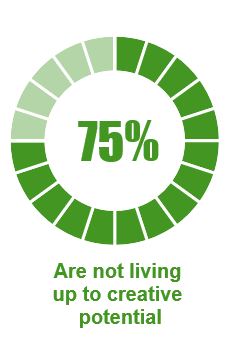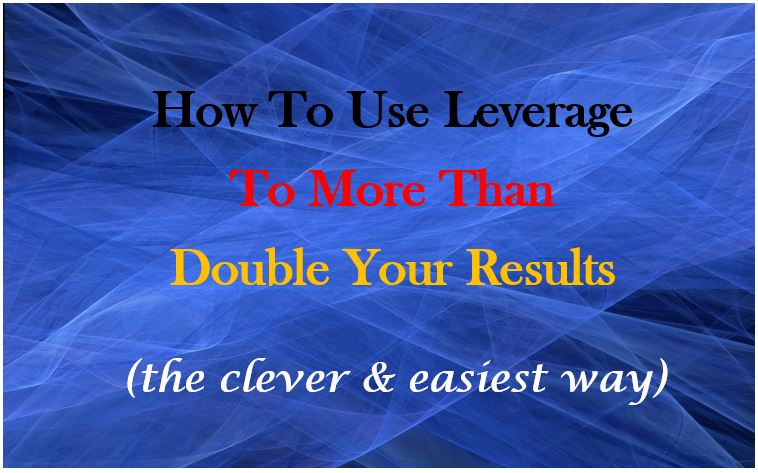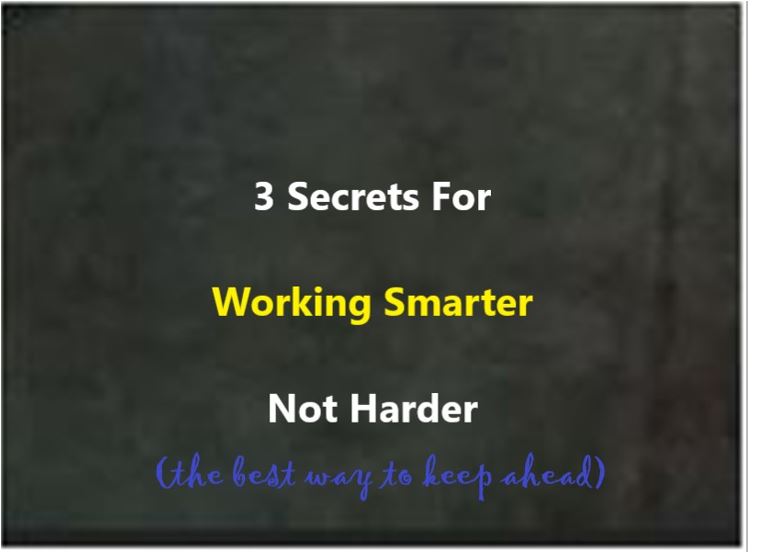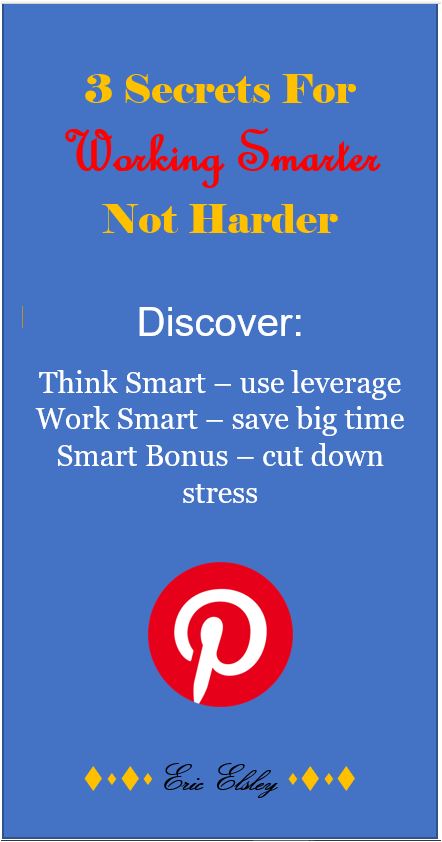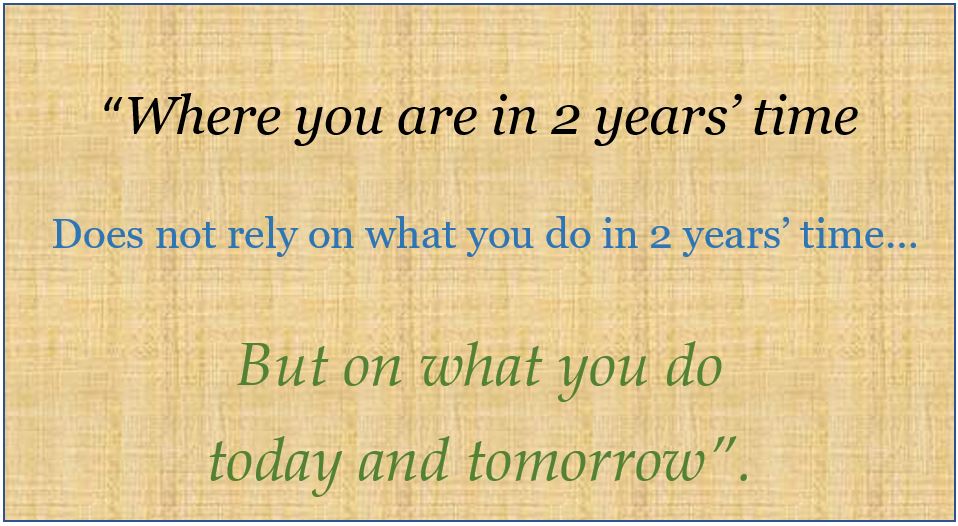Owners, managers and supervisors can create large efficiency gains in a business by turning closed-mindedness into open-mindedness. This will help develop valuable above average foundational skills which are essential for creative thinking.
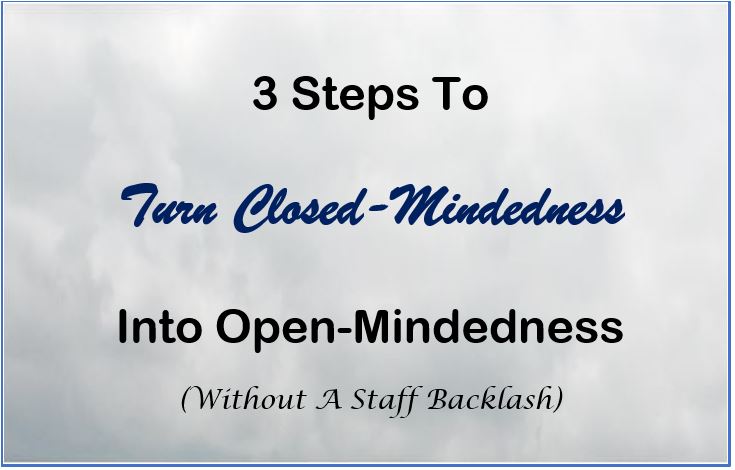
Definition Of Being Open-minded
Open-mindedness is receptiveness to new ideas. Open-mindedness relates to the way in which people approach the views and knowledge of others, and in the words of Dean Tjosvold “incorporate the beliefs that others should be free to express their views and that the value of others’ knowledge should be recognized.” – Wikipedia.org . I feel open-mindedness goes even further than this. If you are open-minded then you have the capacity to look at everything with the view that there could be a better way.
1. Understand Your Mind (Accept The Truth)
When studying something Stephen Covey says it is advantageous to study it’s opposite to gain valuable insights. That is why I have looked at closed-mindedness below.
Closed-mindedness is the opposite of open-mindedness. To me closed-mindedness is where one believes that they and their own opinion matters the most and certainly more than any arguments someone else may put forward.
This can be a major problem when trying to teach them new things. Not only that, but closed- minded people are really not interested in the views and ideas of others. This leaves them exposed to being left with second or even third grade ideas which could very well have been upgraded by listening to and developing on the views of others. Closed-mindedness causes people to shut down to a degree and pay less attention to what is going on around them. As a result this generates a domino effect limiting the urge to pay real attention therefore a lower level of observation and listen skills are applied. Look for the closed-minded people at your work and observe the domino effect for yourself. Test their listening skills out compared to an open-minded person!
Open-minded people on the other hand understand that their own knowledge is not all there is to know on a topic. For this reason they realize that efficiency could be enhanced by actively observing and listening to others. They are open to taking suggestions and feedback from others. This can be very useful as people don’t always view things from the same perspective. The perspective of another person could be completely different to yours. In turn this may deliver an even better idea by combining your original idea and the other person’s suggestions.
How Open-Minded Are You?
Most of us like to think that we are 100% open minded. Really it is actually hard to be and stay 100% open-minded. See how well you fair by truthfully answering YES or NO to the survey questions below.
- Do you think you are 100% open-minded?
- In meetings are you the person who never interrupts people who are speaking?
- Do you keep listening actively when others disagree with you?
- Are you open to the idea that others may have better ideas than you?
- When others are speaking are you actively listening or thinking about what you will say next which (equals a No)?
- Are you open to change caused by new ideas?
- When working in a team do you feel there is no need to stand out?
- Would you fully back an idea that you think is better than your own?
If you answered NO to more than one there is scope to improve your open-mindedness!
2. What Attitude Do You Want To Master? (Will Affect Your Mindset)
Your ATTITUDE will be affected by your MINDSET. A positive mindset will be a vast advantage to you every day. Being Open-Minded is foundational to maintaining a constant positive attitude. This may sound simple but it is really important.
Closed-Minded To Change
The crux of the matter comes when viewing how people react to change. Change can be challenging for many people and can affect their attitude to work. Change constantly creates new work which adds to current workloads. Think about all the abundant new technology that is around today that was rarely used 20 years ago. All these things have changed our lives for the better.
There is a tax that comes with new technology, that is the change and learning that is required to make it work. For example, the extra work to learn new procedures and policies which adds to current workload. When change happens frequently it is difficult to manage for many people. Not only that but new technology often renders obsolete old technology that people are good at. This can be a major cause of frustration as an experienced person has to start from the beginning to learn whole new ways of doing things now.This can be a major reason why experienced staff are tainted against change. Who can blame them, the point is that when changes are introduced with new technology they need to be managed extremely well or management will find that they receive a negative backlash. According to Forbes a huge 70% of change programs fail. Not only that but it can push staff towards becoming disengaged which has been shown to lower their efficiency.
Subject To Closed-Minded Thinking
People can have closed minds to certain divisive subjects. Let me give you a classic example. BITCION is often derided as a scam or just rubbish that should be band. If you think this way you will have a very closed mind on the topic. What this means though is that if there are any benefits to studying bitcoin then you will certainly miss them.

I used to think this way for a while about bitcoin. Then after talking with some friends I decided to look at it more closely. The technology behind bitcoin is called blockchain. It is a super clever piece of technology which has been used for 10 years now but is still in the early stages of development. As with all newly released technology there can be a lot of bugs that need ironing out. This is still happening with blockchain technology.
Blockchain technology has the ability to positively impact all industries right across the globe. Not only that but it will certainly give any business that embraces it a distinct advantage over current ways of doing things. If you have a closed mind this will sound like rubbish to you. Do yourself a favour and do a little research about the blockchain and how it is and will go onto impact business for the next 50 years. Blockchain is really a type of clever automation that will revolutionise how industries function as much as the internet did in the last 20 years. That is the reason that many hundreds of multinational businesses are now finally embracing blockchain and cryptocurrencies via the Enterprise Ethereum Alliance. Multinational companies would not be wasting their time if they had not investigated the benefits of blockchain to convince themselves of the potential value to be unlocked.
3. Turning Point – Develop Open-Mindedness
To move from close-minded to open-minded thinking will genuinely be a watershed moment. It will be the turning point that allows anyone to gain much more from the same amount of thinking effort. Possibly even less thinking effort. If a person is closed-minded, they are relying 100% on themselves to do all their thinking. This may sound great but it is not. Simply by actively listening and observing others it can spark fresh ideas. Some of these will be your own new ideas and many will come from others. This is the basis of brainstorming which is a super powerful technique that has proven itself over many decades.
Watershed Thinking
Anyone with a fully closed-mind will be creating a permanent barrier to ideas generated from Creative: thinking, active listening, observations & techniques. The value of an idea will not reduce if it is not 100% derived from you, often the contrary is true.
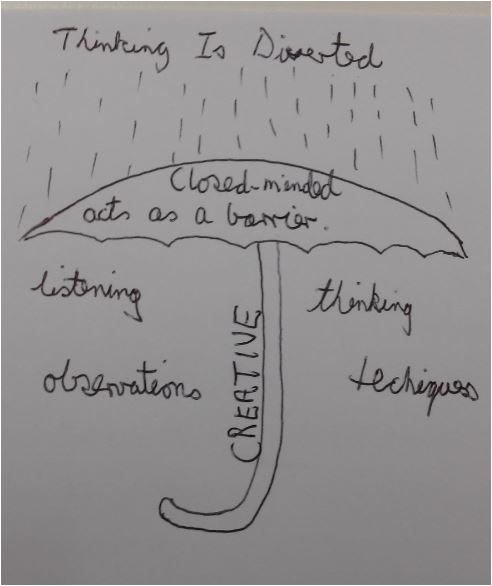
Remember that most of the brilliant ideas or even businesses started out as a small seed idea which has been fostered to grow and develop over time into something exponentially more valuable. They never started out as a large fully developed idea or business.
Lazy Person’s Tool
I’m not suggesting for a minute that creative thinking is being lazy. The point is that while creative thinking tools stop us from linking to the thoughts and patterns of the past, they save us time and effort. This is done because lots of effort has been put into the tools at the research and design stage. A Creative Thinking tool which has been designed for a specific purpose allows a vast amount of leverage to be built into the tool to amplify the value that can be extracted from it. Let me give you an example. Mind-mapping is a creative tool that will allow anyone to maximize their thinking power when writing essays, working on projects and the like. The brilliance of this tool is in the design. It is designed to allow us to use 100% of our brain power for each of the 3 steps involved. So simply by using a tool that breaks the work involved down into 3 pieces we are able to use all of our brain power for each step. This will triple our thinking power used for this task. Wow. Sounds a little basic and silly but it does work extremely well and has other advantages that I will not discuss at present. But remember that keeping an open-mind is vital because many really valuable seed ideas come from things that sound different, basic and sometimes a little silly.
Leverage Minds Of Others
This is a no brainer. If you use active listening and observation you will be able to catch more of the clever ideas and actions that others are doing. Why not utilize the best of what you hear and see? This is a simple way to leverage the minds of others. When in meetings don’t try to argue or refute the idea of others before you have spent at least a few minutes trying to find ways to strengthen them to make them better. This goes even if it is an idea that is in direct opposition to your own idea. If you keep doing things this way you will end up with much better ideas on average. Most importantly, these better ideas will most likely make things quicker and easier to do. Therefore, you will become more efficient. That in turn will make your work less stressful.
Solutions To Change
Managing changes is one of the most difficult things for executives. 45% of frontline professionals prefer to keep the status quo as shown by the chart below from Forbes.
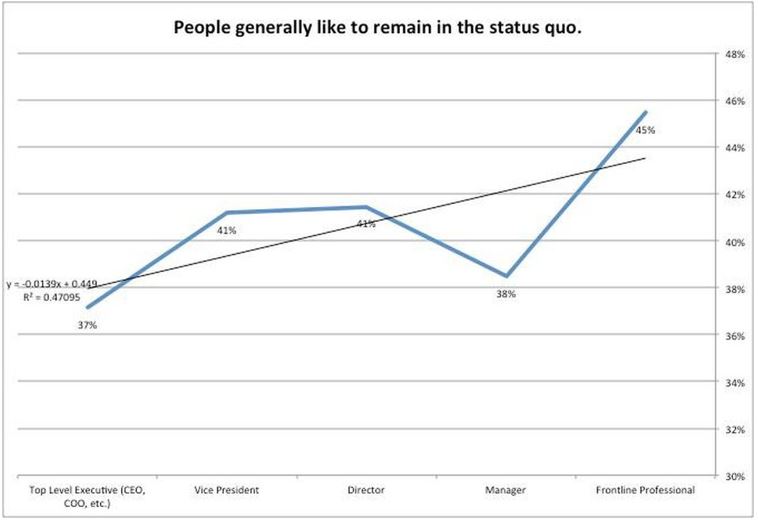
It is counterintuitive to say that the solution for businesses and staff from the
pressure and stress bought about by constant change is to embrace micro changes. Let me explain. The best way to counteract change in business is to keep ahead of the game. Firstly, remaining open-minded to change will help. Secondly, by implementing micro changes now before they are forced on you. Change is driven by the need for businesses to become more efficient. If all staff members are working actively each week at making micro changes to become more efficient then the need and pressure for change could lessen. There will always be some pressure for change. Fighting change at any level will often be a waste of time and energy.
That is why in most instances to maintain an open mind will yield many valuable benefits. The best part is that these benefits flow naturally from the clever design of creative thinking tools or talents like open-mindedness. If you are a business owner, manager or supervisor you will be able to multiply the value from open-mindedness by instilling these concepts into your team. By making your team more effective you will make yourself look like a brilliant leader. Isn’t that the name of the game? Everyone is a winner in this situation.
A small request: If you liked this web page, please share it?
I know some people don’t share because they feel that website owners don’t need their “small” social share.
But here’s the thing…
A share from you would seriously help a lot with the growth of this site.
It won’t take more than 10 seconds of your time. The share buttons are right here.




Thank you so much!
Regards,
Eric Elsley
Work Less & Achieve More










